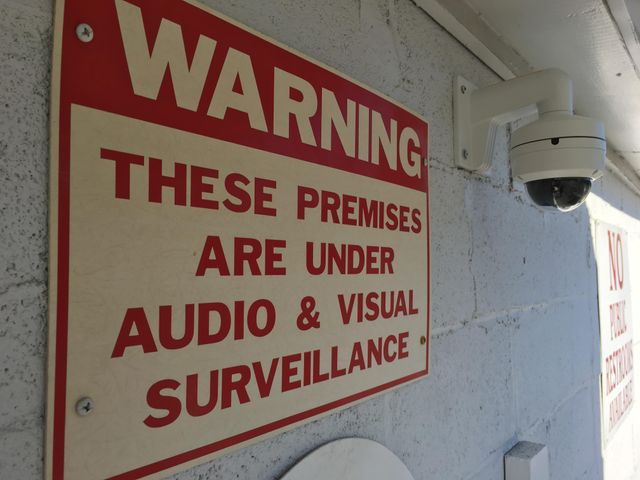
Let’s say you live in a rural area of Baltimore and your house, barn or guesthouse is not within usable range of your existing router (usually provided by your ISP - Internet Service Provider).
There are many 3rd party manufacturers that produce long range routers and range extenders that may be able to extend your connectivity and replace your existing router. The other option is to run an Ethernet (network) cable to another location that is closer to the area where you have a weak connection or absolutely no signal at all. You can install an access point to extend your existing Wi-Fi signal in order to obtain a better and more stable signal.
If you wish to be hard wired (connected by a cable), you can install a switch and plug into the network directly. We suggest that you install a gigabit switch so you can get the most out of your local network speed as well as Internet. Many homes share files, printers and loads of data over a network. Most users will stream music and videos through Netflix, Amazon Prime, Hulu and YouTube. Having a slower 10/100 switch can cause buffering issues and slow loading times.
If you wish to run cables to expand your reach please make sure you keep the following in mind. A standard CAT5e (network) cable cannot reliably exceed 300ft if you wish to stay connected. If you really need to go far then make sure you add a gigabit switch before you reach the 320ft limit. You can daisy chain switches but it is not recommended to go overboard. You could user a higher gage CAT6 cable that is made for better output and has a higher reliability rate.
So, if you need internet in the 2nd floor of your barn where you run your home-based business and have a terrible time accessing Wi-Fi, these may be a few options to consider. If you need a secure connection because of sensitive client data then we always recommend using a hard wired connection.
Why did you mention security cameras in the title?
Well, todays CCTV world now uses the same cables to connect security cameras to a network and gives you the ability to view them locally, on a computer or smartphone/tablet. You can add cameras to your network to monitor that house, garage or guesthouse. See who is at the front door, coming up the driveway, leaving for school or snooping around at night!
The only real difference with the network equipment for the security cameras is that you need a bit more expensive switch to power the cameras and you can use the same cables. The type of switch you need is called a PoE switch. A PoE switch simply is a switch that sends data and power through the line. PoE means “Power over Ethernet” and that in itself is a very simple and direct term. No crazy definition or long acronym.
I could go into more detail and explain how it works and colors of the wires and how they connect together but I am sure you get the idea of what I am trying to convey.
So, if you need help and would like to have someone visit your location to do a walkthrough we can definitely help. If not, I hope this brief explanation of cables and cameras was helpful.
Stay Safe Baltimore!
About the Business
Have a question? Ask the experts!
Send your question

